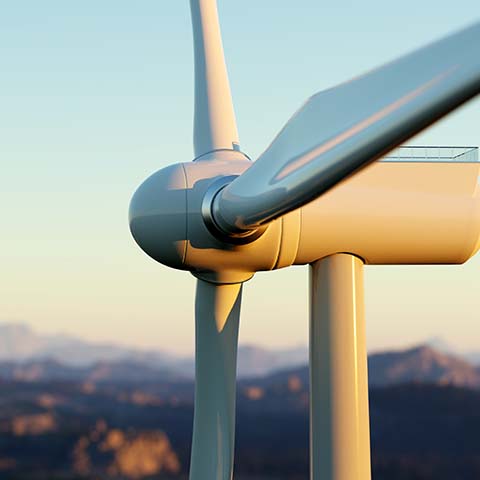Energy Consumption and Saving
- Home
- Green Transformation
- Energy Consumption and Saving
Energy Consumption and Saving



- 13
- 7





GHG Inventory
With the issue of global warming becoming more and more severe, Qisda has established a GHG inventory for global manufacturing sites with reference to the requirements of the GHG emission at the organization level (ISO 14064-1) and the GHG Protocol since 2007. GHG inventories and third-party verifications have been conducted annually.Qisda conducted third-party verification according to the ISO 14064-1:2018 standard for the GHG inventory data of all factories around the globe in 2021.
The energy consumption within the Qisda Group, including fuels (natural gas, gasoline and diesel fuel) and electricity in offices and factories, is assessed with the significance guide of the ISO 14064-1:2018. For instance, the energy intensity of the Suzhou Plant was 23,361 kWh per million USD production value.
Direct Energy Consumption in 2021
Indirect Energy Consumption in 2021:
The energy consumption within the Qisda Group
- Natural gas
- Gasoline
- Diesel fue
- Purchased & non-renewable
Plans to Reduce GHG Emissions
In order to reduce the impact of energy consumption on global warming, Qisda has developed GHG reduction-related measures. Based on the GHG reduction plan, we improve in both of the management aspects to implement energy saving:
- Construction
- Administration
Energy-Efficient Lighting
- Continued replacement of all factory office light tubes with energy-saving tubes
- Improved lighting control in the basement area
Air Conditioning Efficiency
- Replacement of high-efficiency chilled water main equipment
- Replacement of high-efficiency pumps
- Improvements to dormitory air conditioning systems
Other Measures
- Improvement of elevator and cargo lift systems
- Completion of solar power generation systems at Taiwan and Suzhou manufacturing sites
Staff
- Energy saving activities and promotion in the office
Equipment
- Operational management of air compressors and water-cooled water chiller units
- Improvement in manufacturing efficiency
- Management and suspension of electrical equipment according to electric flow
Method
- Management of special requirements of air conditioning in independent areas
- Management of energy at night
- Centralized production and reduction of partial overtime work
- Turning the air conditioner units on and off in line with the production




Want to know more detailed content?
Read Report Contents


